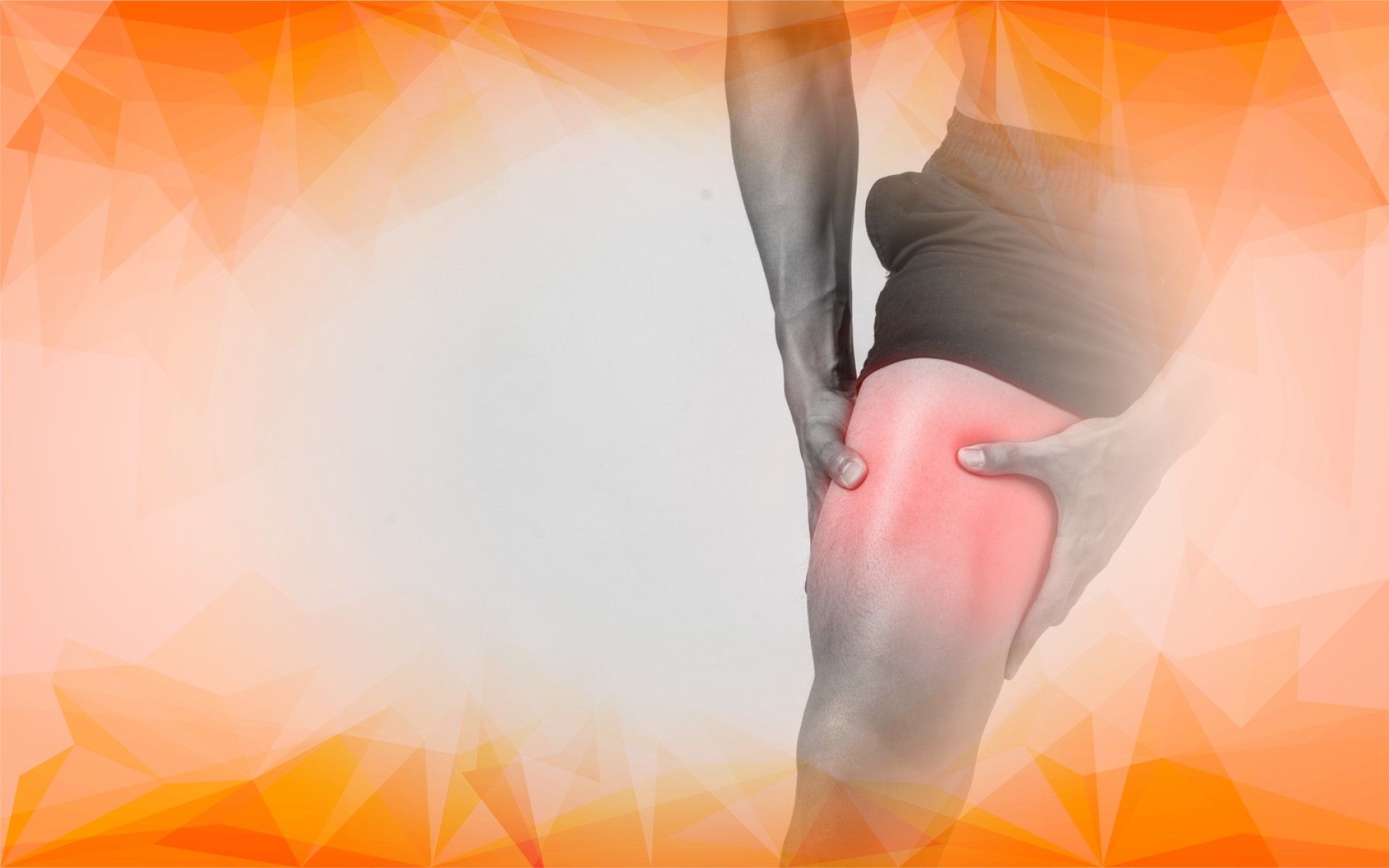Introduction
Knee osteoarthritis is a widespread and chronic joint condition that affects millions of people around the world. It brings pain, stiffness, and can seriously impact daily activities. At its core, osteoarthritis is caused by the gradual breakdown of cartilage—the smooth, protective tissue that cushions the bones in the knee . In this article, we’ll look at how two major factors—inflammation and mechanical stress—work together to drive this process. By understanding how these elements interact, we can better tackle the challenges of managing knee osteoarthritis and open the door to more effective treatments.
The Role of Inflammation in Knee Osteoarthritis
Many people think of osteoarthritis as just the result of years of “wear and tear” on the joint. However, research has revealed that inflammation is also a key player in its development and progression. Inflammation is the body’s natural response to injury or irritation, but in osteoarthritis, a low-grade, persistent inflammation takes hold inside the knee. Special cells within the joint start releasing chemical messengers called cytokines, which encourage the body to produce enzymes that slowly break down cartilage . This process not only damages the joint, but also causes swelling and persistent pain, making movement more difficult. Understanding inflammation’s role helps us see that osteoarthritis is not just a mechanical issue, but a biological one that needs careful attention, especially for older adults and people living with obesity .
Mechanical Stress and Joint Wear
Mechanical stress involves the physical forces that the knee experiences during standing, walking, or other weight-bearing activities. The knee is designed to support much of the body’s weight, but when this pressure becomes excessive—perhaps from being overweight, having poor leg alignment, or repeating the same movements—cartilage can become damaged. Over time, this stress leads to small injuries that, added together, result in gradual cartilage loss and joint pain . Moreover, this physical damage can trigger inflammation, showing how mechanical stress and inflammation are closely linked. Injuries to the knee, especially serious ones, are known to increase the risk of osteoarthritis and can accelerate how quickly it develops and progresses. This highlights the importance of both protecting the joint from excessive stress and addressing any injuries early to help slow the disease.
How Inflammation and Mechanical Stress Work Together
Rather than acting separately, inflammation and mechanical stress constantly influence—and worsen—one another. When cartilage is damaged by stress, the body sends inflammatory signals that can make the damage worse. Likewise, inflammation weakens the cartilage and makes it even more vulnerable to mechanical forces. This creates a vicious circle where each factor feeds off the other, speeding up joint breakdown. Understanding this cycle has led to a new focus in osteoarthritis care : using treatments that address both mechanical and inflammatory aspects together. For example, combining anti-inflammatory medications with physiotherapy , weight management, or supportive knee devices may help reduce pain and slow joint damage more effectively than focusing on just one factor.
Conclusion
Knee osteoarthritis is driven by a complex relationship between inflammation and mechanical stress. Recognizing how these two factors work together is crucial for improving treatment and ultimately, the lives of those affected. As research moves forward, approaches that target both the biological and physical sides of the disease offer hope for lasting relief and better joint health . With a more complete picture of what causes osteoarthritis , we can make progress towards solutions that truly make a difference.
References
Leung, R. W. (2018). Osteoarthritis of the knee. InnovAiT: Education and inspiration for general practice, 11(4), 190-197. https://doi.org/10.1177/1755738017753455
Parmet, S., Lynm, C., & Glass, R. M. (2003). Osteoarthritis of the Knee. JAMA, 289(8), 1068. https://doi.org/10.1001/jama.289.8.1068
Brigham, C. R., Brooks, C. N., & Talmage, J. B. (2005). Knee Osteoarthritis. Guides Newsletter, 10(2), 1-3, 7, 12.




